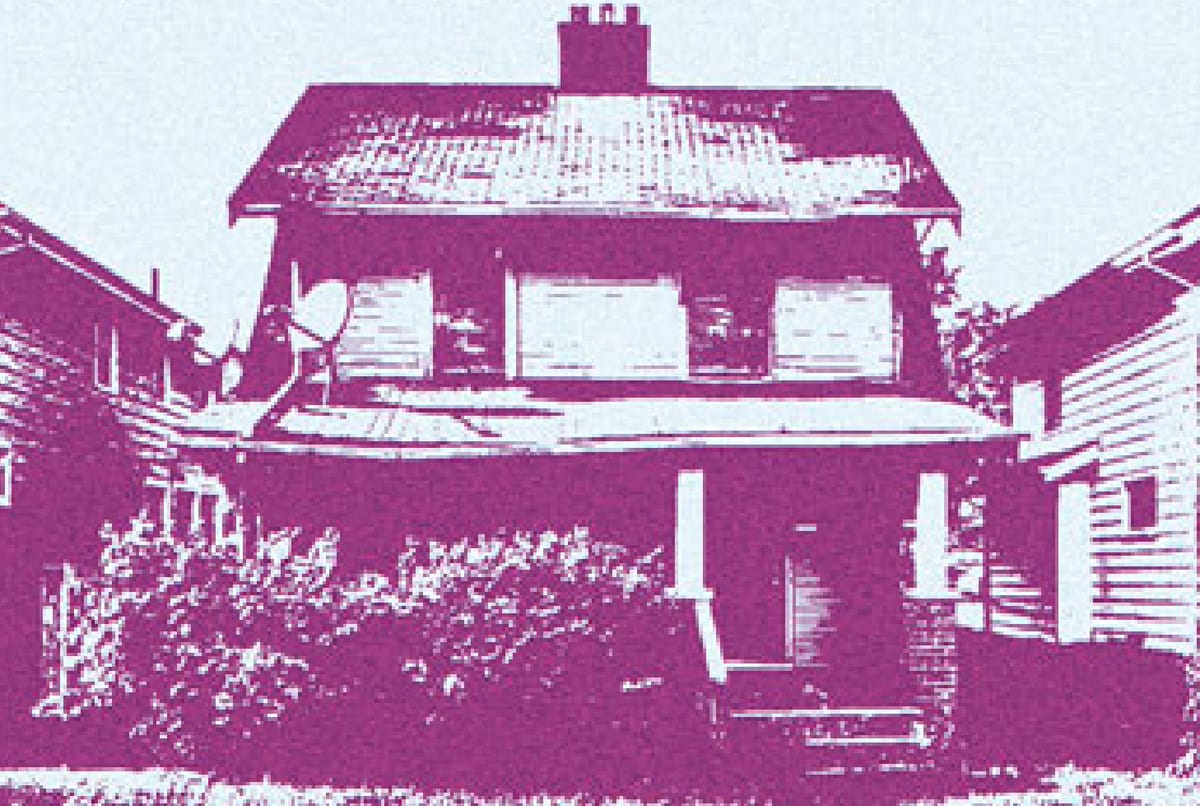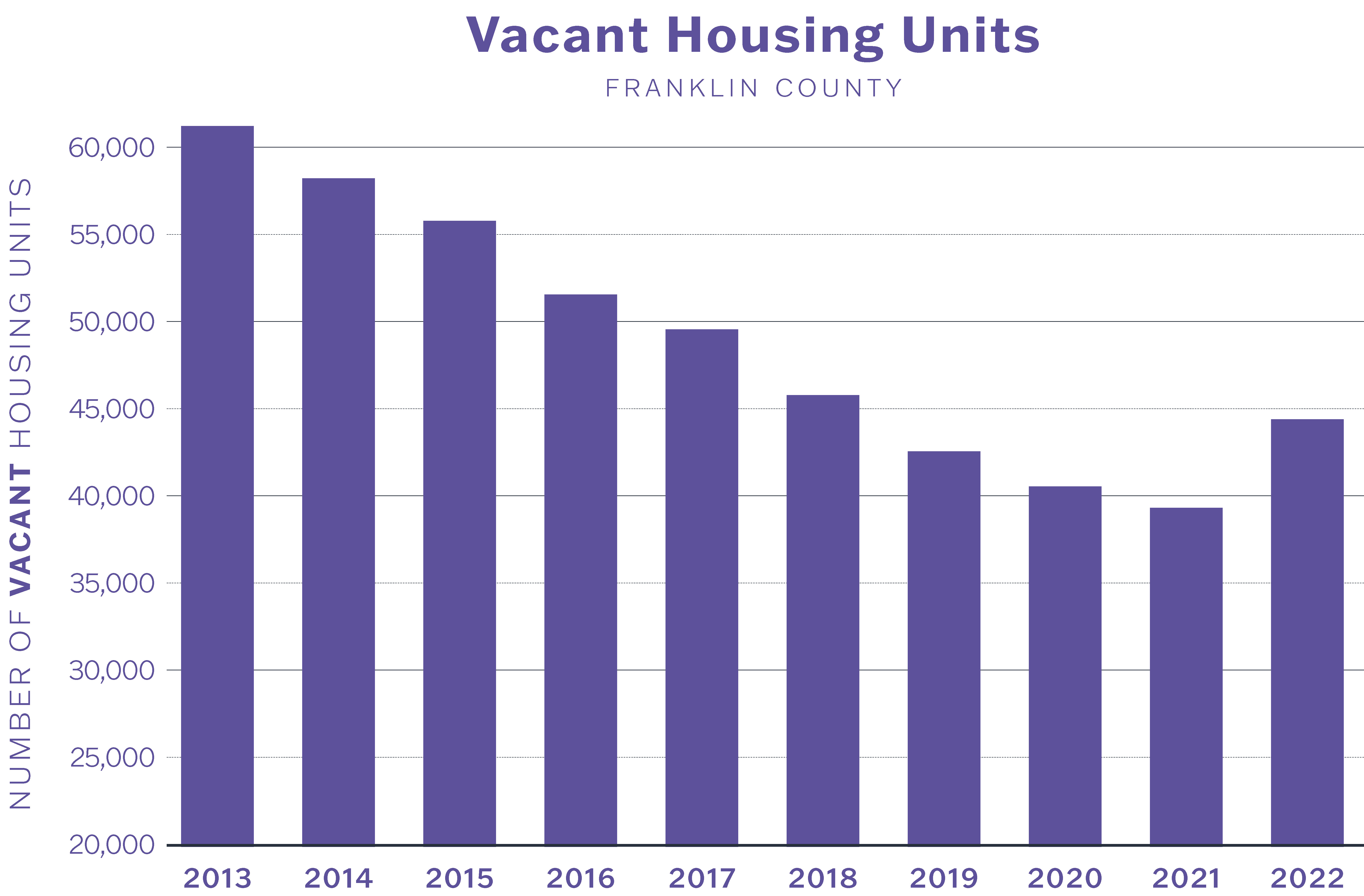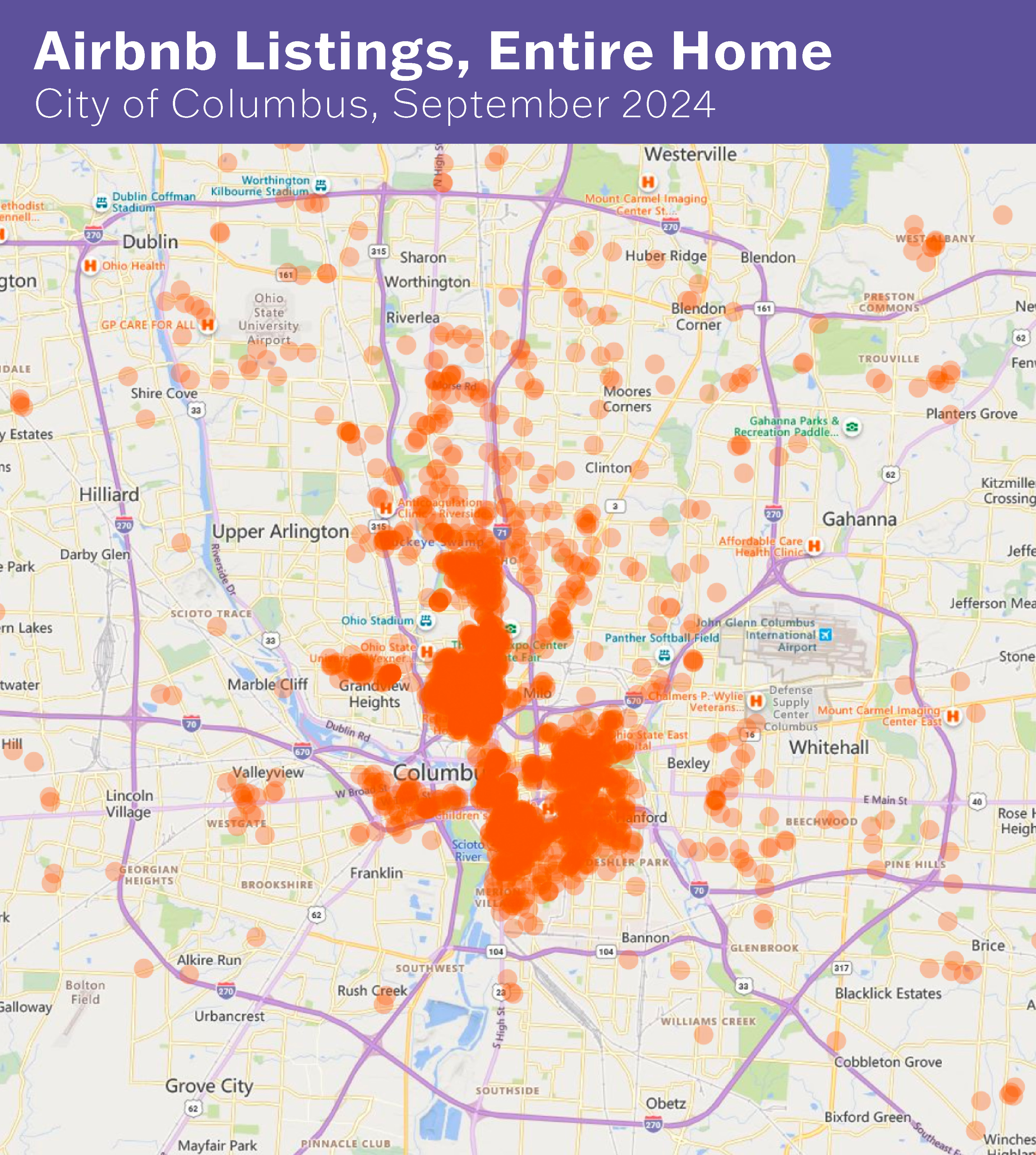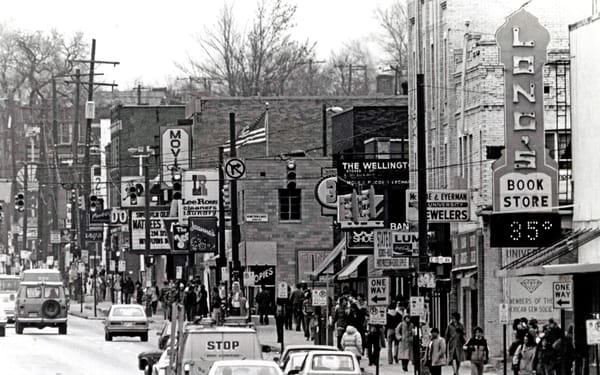How we characterize the "crisis" matters
Supply isn't the silver bullet. Housing stability, quality, and affordability are also critical.

In the November 19 press release announcing the laudable Regional Housing Coalition, the City of Columbus referred to the urgency of the “housing supply crisis.”
Not the “housing crisis,” but specifically the “housing supply crisis.”
However, deliberately characterizing the persistent housing precarity faced by millions of Americans for decades and decades as purely a crisis of quantity is misleading. Of course supply is absolutely essential—there’s no denying that in order for people to have access to stable and secure housing, it must also be abundant. But a public policy discourse hyper-focused on private supply generally relies on deregulation as the only path forward. There are some notable exceptions to this, like Shane Phillips’ approach of supply, subsidy, and stability in his book The Affordable City.
Today’s email offers a brief interrogation of housing supply in two parts. First, vacant housing. Second, short-term rentals.

A housing shortage in a sea of vacant housing
When we are bombarded with news of the region’s housing shortage, the topic of vacant housing doesn’t usually come to mind. To casual observers, the finding that Central Ohio needs “14,000 to 19,000 housing units each year…to keep up with growth” is plausible. Yet, this estimate might make readers think we’re starting from the baseline that there are no vacant or available housing units for people to live in. The data, however, shows quite the contrary.

According to a 2015 study, our region needed approximately 54,000 housing units to meet demand some nine years ago. Again, we obviously need housing. But where? On farmland? In the Darby Creek watershed? (One of the most biologically diverse aquatic systems in the Midwest, home to 38 state and federally listed aquatic species). The primary goal of homebuilders is to build homes, not necessarily to build homes in locations that make sense in the context of a climate emergency or a crisis of walkability, income segregation, or social isolation. That’s where regulation and public policy can make a difference—by guiding the market to achieve more socially optimal outcomes.
What if there were thousands of housing units sitting right under our nose? According to the U.S. Census Bureau, there are.
Data from 2022 shows an estimated 44,660 vacant housing units in Franklin County. An analysis of the previous decade of data also shows tens of thousands of vacant housing units in Franklin County. And let’s say that data is a bit inflated, for whatever reason. Perhaps there’s only half of that: 22,330. If there are 22,330 vacant housing units in Franklin County, then we’d need tens of thousands fewer new homes built to make a dent in the “supply” crisis.

Armed with a less urgent imperative, the nature of the policies proposed to address the housing crisis would change.
Short-term rentals as a supply-reducer
On top of this hidden supply of vacant or underutilized housing units, there’s also thousands of short-term rental units (i.e. Airbnb) which have literally removed housing from our available stock. Enterprising operators have seized on this opportunity for passive green by taking houses away from long-term residents and converting them into ghost hotels for tourists instead.

Data from September 2024 show a total of 2,126 listings for an entire home rental on Airbnb in the city of Columbus. This figure increased from 2,019 in June of this year, which means 107 additional housing units are listed as short-term rentals in the city in just a few months. Contrary to what short-term rental advocates would have you believe, most units are operated by entities which own many listings. Of the 2,126 entire home listings in Columbus, 1,154 are owned by hosts with five or more listings in the city. And 317 are owned by hosts with at least 30 listings.
Consider the realistic circumstance that a short-term rental is booked for 10 nights per month at the Columbus average nightly price of $158. Not including cleaning fees, the unit could bring in $1,580 per month. Why be a landlord—with a pesky long-term lease—when you can be a short-term rental host instead and make just about the same amount of passive income with just 10 nights rented per month?
Policy Recommendations
On the first count, vacant or underutilized housing units, public policy could more aggressively target vacant housing as a nuisance.
Owners could be fined and properties could more expeditiously end up in court. Then, delinquent property could be deeded to the Central Ohio Community Land Trust for redevelopment or transition into perpetually non-market housing. This all requires empowering the public sector to enforce vacancy law and receive private property. Moving in this policy direction would also help curb the vile practice of speculation, where property owners retain underutilized (including vacant and abandoned) properties in hopes of cashing out in the future with a hefty profit—deteriorating the community in the process. Money should be earned through work, not waiting.
On the second count, short-term rentals, it’s simple: ban them.
In particular, ban the short-term rental listings that are not directly shared within the host’s primary residence. This move would course-correct the grotesque mutation of short-term rentals from their original genesis as part of the so-called sharing economy into their current iteration as ghost hotels. City officials clearly know that short-term rentals do nothing to improve housing affordability. For example, the new Accessory Dwelling Unit pilot in the City of Columbus does not allow ADUs to be used as short-term rentals (thankfully).
Yet, some Ohio House Republicans want to entirely prevent cities from regulating short-term rentals. House Bill 563, which passed the State & Local Government Committee in 2022 with significant opposition from Ohio local elected officials. Supporting the legislation are out-of-state think tanks, like the conservative Koch-funded Mercatus Center at George Mason University and Americans for Prosperity—also funded by the Koch brothers.
The long and short of it: Supply alone is no silver bullet.
The reductive logic of supply and demand does not apply to housing when it is bought and held as a financial investment by commercial enterprises, REITs, and landlords who do not live in the dwellings they own. There are many more considerations in stabilizing the housing market and improving housing outcomes than simply building more units. Discourse that reduces the housing crisis to one of quantity is insufficient for achieving widespread housing stability.
🗞️ Just a few links this time 🏘
Local + Regional 🌳
- Columbus apartment complex sets central Ohio sales record in purchase by global firm
11 December 2024, The Columbus Dispatch - Did Ohio's population grow last year? What we know
13 December 2024, The Columbus Dispatch
National 🇺🇸
- Can the U.S. Climb Out of Its ‘Unprecedented’ Housing Crisis?
11 December 2024, The New York Times
*Special note: No generative artificial intelligence or AI was used in the writing or creation of this content. Maybe that makes you more suspicious than if I hadn’t mentioned it…but believe me!




